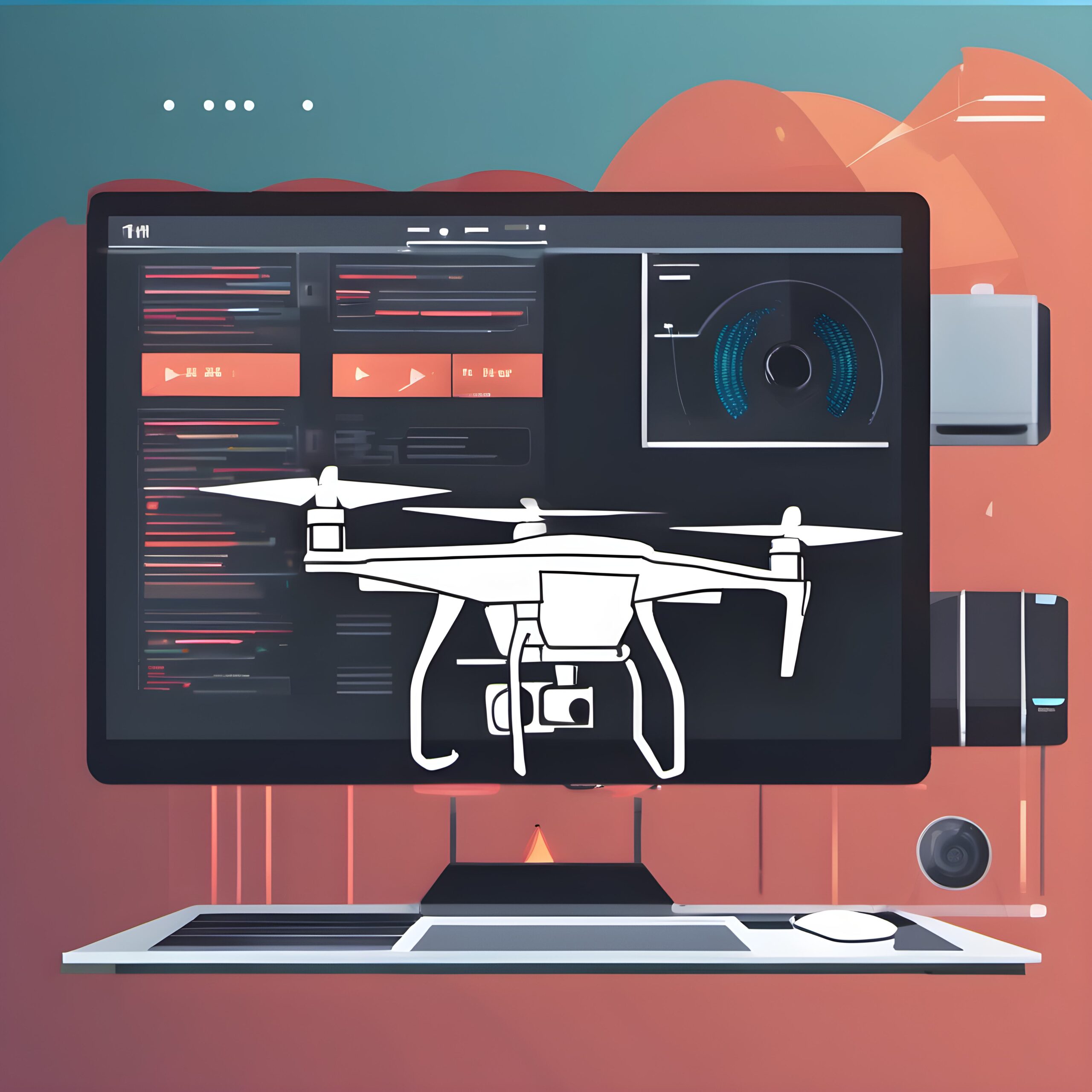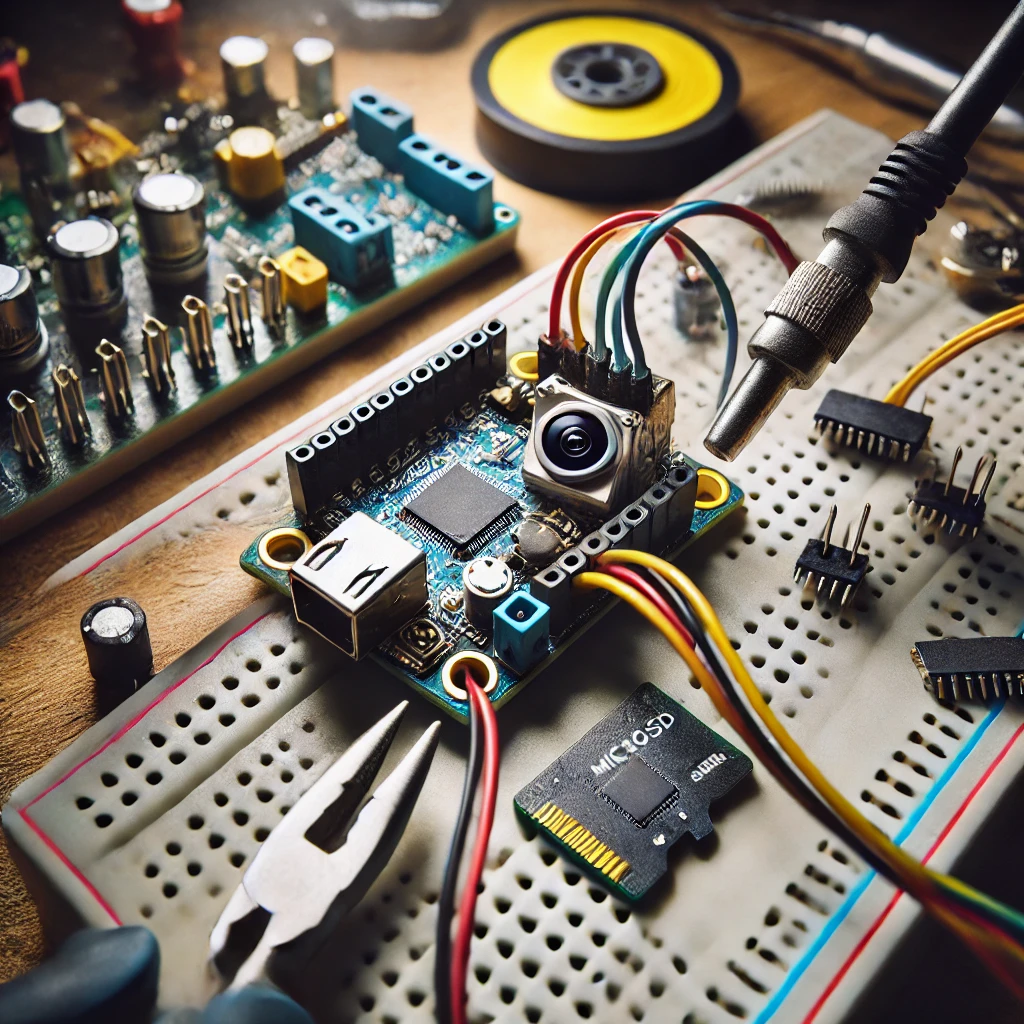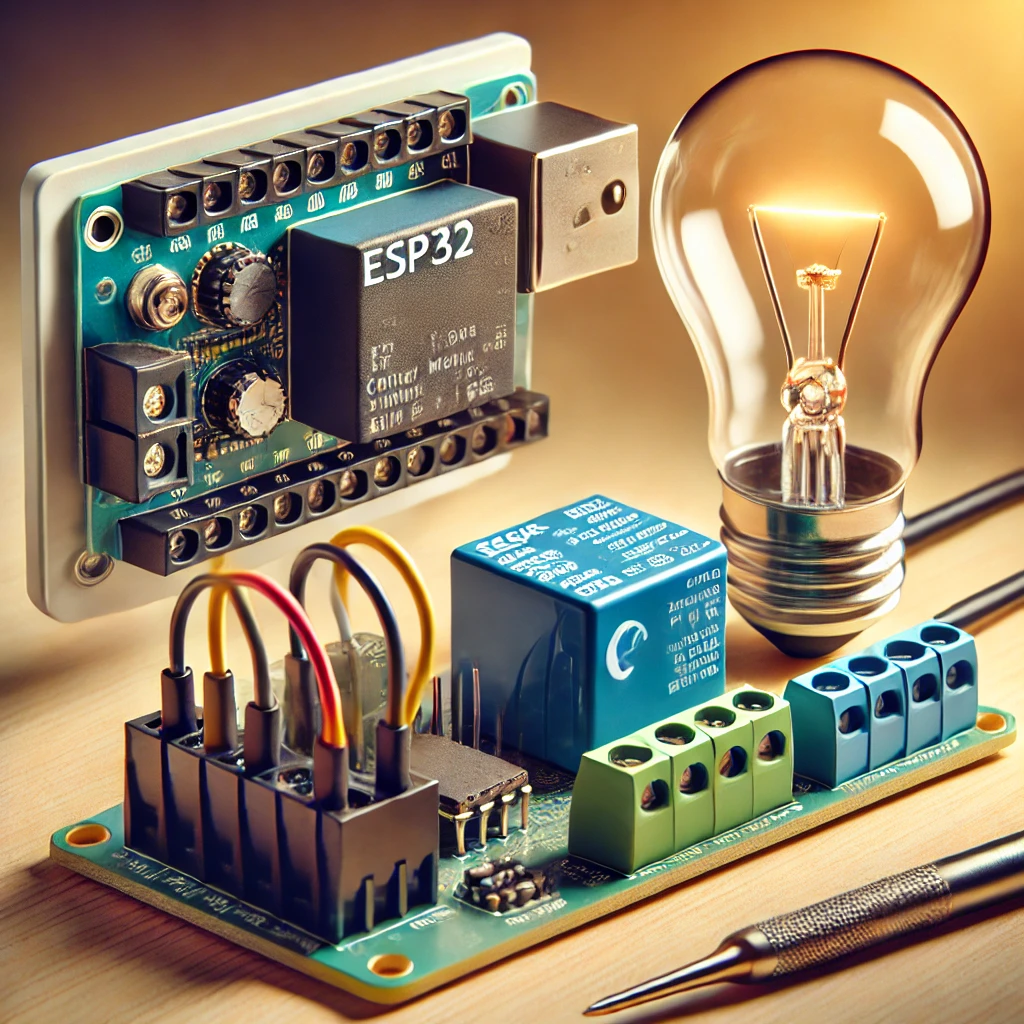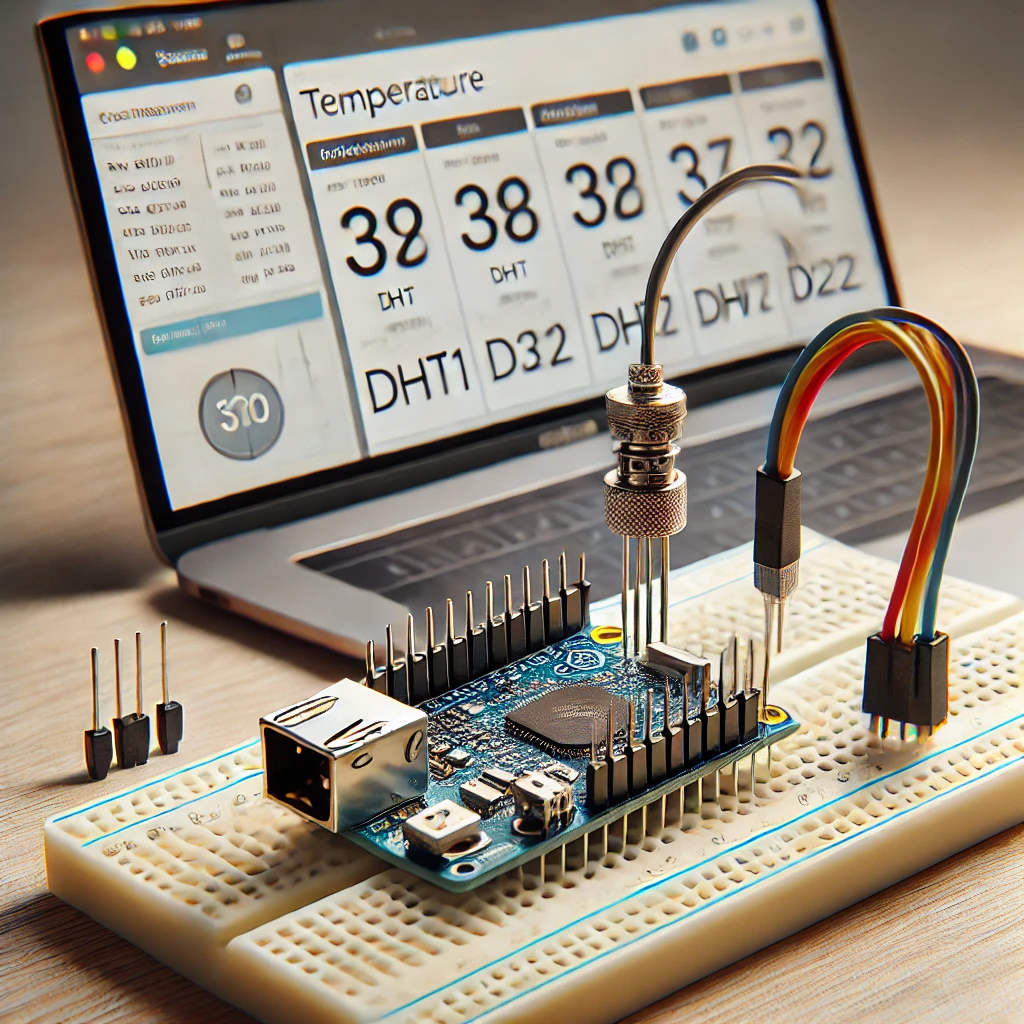Drones have become more than just a hobby; they are powerful tools for photography, racing, and even industrial applications like agriculture and surveying. While pre-built drones are available in the market, there is something uniquely satisfying about building your own drone from scratch. A DIY drone project allows you to customize every detail of the machine, from its size and frame to the quality of the motors and camera. However, understanding the approximate costs involved in the process is crucial for setting realistic expectations.
The cost of building your own drone can vary greatly depending on several factors, including the intended use, the quality of components you choose, and whether you decide to purchase brand-name or generic parts. In this article, we will explore the key components that make up a drone, the factors affecting the total cost of building one, and how to estimate the overall expense of your DIY drone project. By the end, you will have a clearer understanding of how much you might need to invest and what components are worth splurging on.
Section 1: Key Components for Your DIY Drone Build
Before diving into the cost breakdown, let’s examine the essential components that make up a drone. Each part contributes to the overall performance and functionality of your machine, and the type and quality of each part will significantly affect the cost.
1. Frame
The frame is the skeleton of your drone, providing the structure to mount all the other components. It is one of the first parts you’ll need to select, and the material of the frame plays a big role in both performance and cost.
-
Carbon Fiber Frames: These frames are lightweight, incredibly strong, and resistant to damage, making them a popular choice for high-performance drones such as racing drones or those intended for professional use. The price for a carbon fiber frame typically ranges from $30 to $150. Frames made from this material are designed to withstand the stresses of high-speed flight, which makes them the best option for drones intended for competitive racing or heavy-duty tasks like aerial photography.
-
Plastic Frames: Plastic frames are more affordable, typically costing between $15 and $60. While they’re not as strong or durable as carbon fiber, plastic frames are a great option for beginner drones or casual use. They are also easier to repair and replace if damaged, making them a good choice for first-time builders who may not yet have experience with drone assembly and maintenance.
-
Aluminum Frames: Aluminum is a solid middle ground between plastic and carbon fiber, offering a good balance of durability and cost. Frames made from aluminum usually cost between $25 and $100. Aluminum frames are often found in mid-range drones that need more strength than plastic but don’t require the high performance of carbon fiber.
Ultimately, your choice of frame will depend on your budget and the intended purpose of your drone. If you’re looking for a lightweight, durable, and high-performance build, carbon fiber is the way to go. For budget-friendly projects, plastic frames are perfectly adequate.
2. Motors
Motors are one of the most crucial components of a drone, as they control the propeller speeds, affecting the drone’s ability to take off, hover, and maneuver. The two primary types of motors used in drones are brushed and brushless motors.
-
Brushed Motors: These are simpler and less expensive than brushless motors, making them suitable for beginner drones. The price for brushed motors typically ranges from $5 to $15 per motor. While brushed motors are cheaper, they are less efficient, require more maintenance, and have a shorter lifespan compared to brushless motors.
-
Brushless Motors: These motors are more efficient, longer-lasting, and quieter, making them ideal for drones that require high performance, such as racing drones or those intended for professional video recording. Brushless motors generally cost between $15 and $50 each, depending on their size and quality. For a typical quadcopter, you will need four brushless motors, so expect to spend between $60 and $200 for motors alone, depending on the quality and specifications.
For most DIY drones, especially for those with higher performance requirements, brushless motors are the best choice due to their efficiency, durability, and superior performance.
3. Propellers
Propellers are essential for providing the lift required for flight. The size and material of the propellers affect the drone’s efficiency and flight characteristics.
-
Plastic Propellers: These are the most common and cost-effective choice. A set of plastic propellers (typically two pairs) can cost anywhere from $3 to $10. While plastic propellers are suitable for most entry-level drones, they can wear out faster than more expensive materials.
-
Carbon Fiber Propellers: For improved strength and performance, carbon fiber propellers are often preferred, especially for high-end drones or racing drones. These can range from $10 to $50 per set. The added cost of carbon fiber propellers can be justified if you need a drone that offers greater precision, stability, and durability.
Larger drones will require larger propellers to generate enough lift, which may increase the overall cost. If you’re building a drone for racing, consider opting for more advanced carbon fiber propellers for better performance.
4. Flight Controller
The flight controller is the brain of the drone. It is responsible for stabilizing the drone during flight by processing inputs from various sensors and adjusting the speed of the motors accordingly. A good flight controller is essential for stable and controlled flight.
-
Budget Flight Controllers: Entry-level flight controllers like those used in beginner drones can cost between $25 and $50. These controllers may lack advanced features but are sufficient for basic flight and stability.
-
Advanced Flight Controllers: For more complex builds, especially drones used for racing or professional photography, you will need an advanced flight controller that offers more features such as GPS integration, autonomous flight modes, and improved stability algorithms. These can cost anywhere from $100 to $300, with some high-end models going even higher.
Popular flight controller models include Pixhawk and Betaflight, both of which are widely used in DIY drone projects. Your choice of flight controller will depend on the features you require and your budget.
5. Electronic Speed Controllers (ESC)
The ESC is responsible for regulating the power sent to each motor. By controlling the motor’s speed, the ESC allows the drone to maintain stable flight.
-
Basic ESCs: Standard ESCs can be found for as little as $5 to $15 each, making them an affordable option for budget drones.
-
High-Quality ESCs: Higher-quality ESCs designed for high-performance drones or racing drones can range from $20 to $60 each. The price can vary based on the motor size and features like heat resistance or advanced flight modes.
For a standard quadcopter, you’ll need four ESCs, so budget at least $20 to $240 for this component, depending on the quality.
6. Battery
The battery powers the entire drone and is a crucial factor in determining your drone’s flight time and overall performance. Most drones use LiPo (Lithium-Polymer) batteries, which are lightweight and efficient.
-
Basic LiPo Batteries: A standard 3S or 4S LiPo battery typically costs between $20 and $60. These are suitable for smaller drones or hobby-level builds.
-
High-Capacity LiPo Batteries: For larger drones with higher power requirements, such as drones designed for professional photography or long-range flights, a high-capacity battery could cost between $70 and $150 or more.
Battery selection is essential for determining the drone’s flight duration. Larger drones with more powerful motors need larger batteries, which can significantly increase the overall cost.
7. GPS and Other Sensors
A GPS module is essential for maintaining stability and navigation in more advanced drones, especially for applications like autonomous flight or precise positioning.
-
Basic GPS Modules: A simple GPS module typically costs between $10 and $40. These modules are good for drones with basic navigation needs.
-
Advanced GPS Modules: For drones requiring real-time kinematic (RTK) capabilities, which provide centimeter-level accuracy, GPS modules can exceed $100.
Additional sensors such as accelerometers, barometers, and magnetometers can also improve flight performance. Prices for these sensors can range from $10 to $100, depending on their complexity.
8. Transmitter and Receiver
The transmitter sends signals to the drone, while the receiver on the drone picks up these commands and adjusts the motors accordingly.
-
Entry-Level Transmitter and Receiver: A basic 4-channel transmitter and receiver system can cost around $30 to $50. These are sufficient for casual flying or beginner drones.
-
Advanced Transmitters: High-end transmitters with multiple channels (6, 8, or more) and extended range can cost between $100 and $500. These are typically used for more complex drones, including those used in racing or professional video filming.
9. Camera and Gimbals
For aerial photography or videography, you’ll need a camera and potentially a gimbal to stabilize the footage.
-
Basic Cameras: A standard HD camera designed for drones can cost between $30 and $200. These cameras are suitable for hobbyist-level builds.
-
Professional Cameras: For drones used in high-end photography or videography, you’ll likely need a 4K camera, which can cost anywhere from $200 to $1,500 or more.
Gimbals are mechanical stabilizers that ensure smooth, shake-free video. Prices for gimbals range from $50 to $500, depending on the size and stabilization features.
Estimating the Total Cost
Building a DIY drone involves several components, each with varying prices based on quality and performance. A basic beginner drone could cost anywhere from $150 to $300, depending on the components you choose. A more advanced, high-performance drone may cost upwards of $500 to $1,500 or more.
By understanding the individual costs of these components, you can better plan your budget and prioritize the parts that matter most for your project. Keep in mind that while cutting costs on certain components (like the frame or motors) may save you money, compromising on critical parts like the flight controller or battery could negatively impact your drone’s performance.
Visit our other website: https://synergypublish.com







